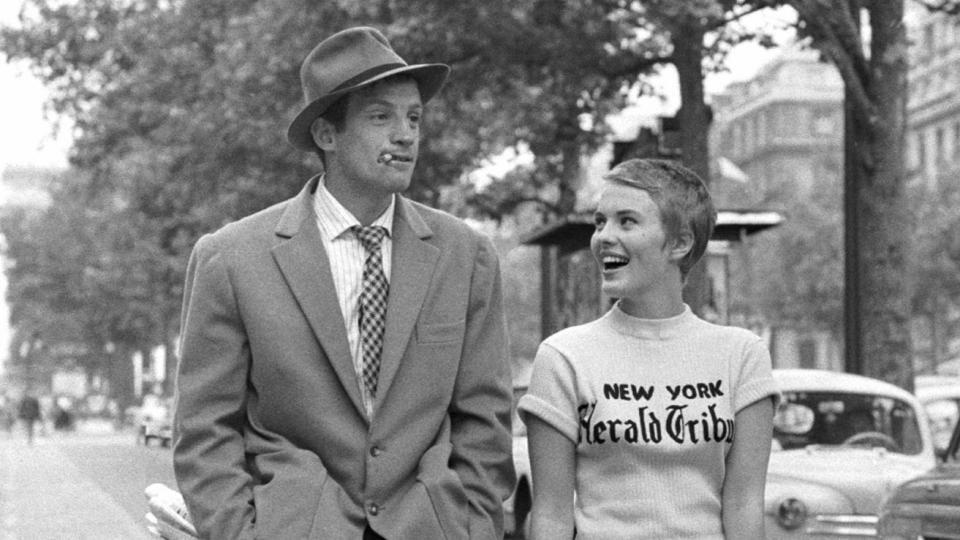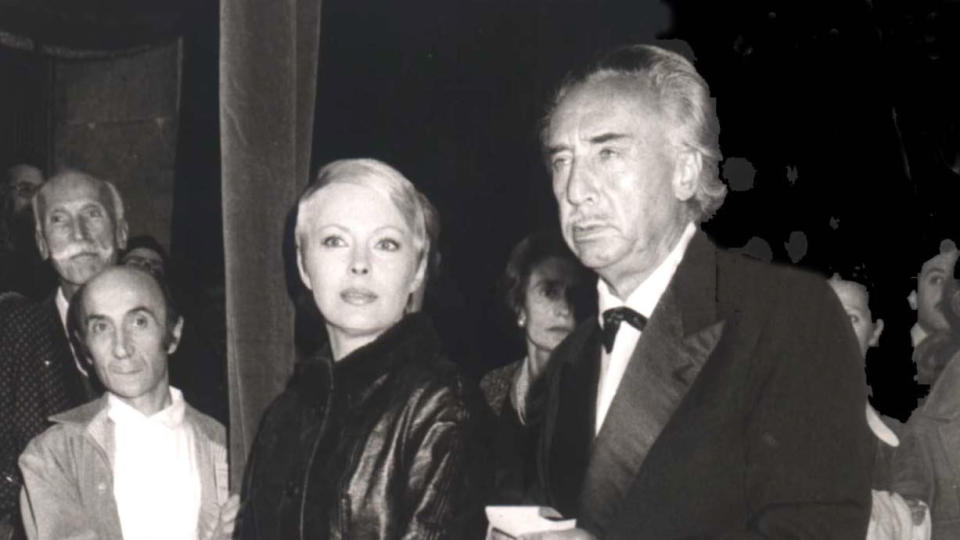The tragic true story of Jean Seberg
Kristen Stewart stars in a biopic of the French New Wave icon

The tale of Jean Seberg is one of Hollywood’s most tragic true stories, and it is now coming to the big screen in Seberg, with Kristen Stewart portraying the cinema icon.
Her story is one of glittering stardom as one of the bright lights of the French New Wave movement, which was soured by the subsequent actions of the FBI. She was doggedly pursued by the bureau during the late 1960s and early 1970s as part of a wide-ranging campaign of harassment, defamation and intimidation aimed at discrediting groups and people who were deemed to be subversive.
Read more: Exclusive clip from biopic Seberg
Seberg first rose to fame in 1960 as the star of Jean-Luc Godard’s lauded feature debut À bout de souffle, known in English as Breathless. Born in Iowa in 1938, she was plucked from a group of 18,000 hopefuls to appear in Otto Preminger’s 1957 film Saint Joan, which she hoped would be her big break. Poor reviews greeted her role and her subsequent collaboration with Preminger the following year — Bonjour Tristesse.
It was during the filming of that second movie that Seberg met her first husband François Moreuil and became based in France. As well as her star-making turn in Breathless, Seberg starred in numerous French films while also working in Hollywood. New Wave filmmaker François Truffaut at one point called her “the best actress in Europe”. He would later, unsuccessfully, attempt to cast her in his 1973 film Day for Night.

Seberg caught the attention of the FBI in the late 1960s when, as part of her support for numerous civil rights organisations, she made contributions worth $10,500 (£8,050) to the Black Panther Party. She became a target of the bureau’s COINTELPRO program, which was overseen by then-director of the FBI J. Edgar Hoover. According to a 1976 Senate report into COINTELPRO, the aim of the campaign was "protecting national security, preventing violence, and maintaining the existing social and political order" by “neutralising” or “disrupting” groups and individuals considered to be a threat.
The actions of COINTELPRO took the form of constant in-person surveillance of Seberg, as well as eavesdropping on her private phone calls. FBI records show that Hoover kept President Richard Nixon informed of the work to “neutralise” Seberg.
Read more: Movies arriving in UK cinemas in 2020
The most infamous example of the FBI’s work around Seberg, though, was a fake news story published in May 1970 by outlets including Newsweek and the Los Angeles Times. It was alleged — on the information of an FBI informant — that the child Seberg was carrying at the time was not conceived with her then-husband Romain Gary, but with leading Black Panther Party member Raymond Hewitt. Joyce Haber, who wrote the original LA Times gossip story, always maintained that the FBI was not her source.
Seberg went into premature labour in August of that year and gave birth to a girl weighing just four pounds, who died two days later. At the funeral, Seberg opened the casket to prove the baby was white.

Seberg and Gary sued Newsweek for libel, seeking $200,000 (£153,000) in damages. They claimed that the shock and upset by the story had triggered her premature labour and therefore the less of their child. The couple were ultimately awarded $10,800 (£8,284) by a French court. Separately, Seberg’s career was stagnating and numerous people have since stated she was unofficially blacklisted by Hollywood as a result of the FBI attention.
On 8 September 1979, Seberg’s body was found wrapped in a blanket in her Renault car, parked close to her Paris apartment. She had disappeared just over a week prior, with her fourth husband, Ahmed Hasni, reporting that he believed her to be suicidal. A bottle of barbiturates, as well as an empty bottle of mineral water was also found, along with a note addressed to her teenage son, which included the words: “Forgive me. I can no longer live with my nerves”. She was just 40 years old.
French police ruled the death a suicide, but did later file charges against persons unknown for non-assistance of a person in danger. They discovered a high level of alcohol in Seberg’s bloodstream, which would have rendered her unable to climb into her car without assistance. Their belief was that someone must have either assisted her in taking her own life or allowed her to do so rather than seeking medical help on her behalf.
At a press conference shortly after her death, Romain Gary stated that Seberg had never recovered from the turmoil of the false story and said she had frequently attempted suicide around the anniversary of her baby girl’s death. Gary took his own life in December 1980, aged 66.

A week after Seberg’s death, the FBI admitted spreading the false story and trying to discredit the star, in response to a Freedom of Information request. They revealed memos in which it was stated that publication of the story could “cause her embarrassment and cheapen her image with the general public“. Meanwhile, LA Times editor Jim Bellows has since said he should have taken more responsibility and, in 2002, admitted that he “did not vet the Seberg story enough”, describing it as his biggest mistake in a 40-year editorial career.
Seberg’s legacy in the subsequent decades has been wide-ranging. Madonna was inspired by the star’s Breathless look in her pixie-cut makeover for the Papa Don’t Preach music video in 1986 and Seberg’s hometown of Marshalltown in Iowa holds an annual film festival bearing her name.
Read more: Kristen Stewart wants to play a gay Marvel superhero
The latest memoriam to Seberg is the new, Stewart-starring film, directed by Benedict Andrews. Zazie Beetz, Vince Vaughn, Anthony Mackie and Jack O’Connell are also part of the cast. Since it premiered at the Venice Film Festival last summer, the movie has received mixed reviews, but Stewart has come in for praise. Variety lauded her “peculiar star magnetism”, while Rolling Stone said she “gives a fully-inhabited, body-and-soul performance”.
Seberg is in UK cinemas from 10 January.

 Yahoo Movies
Yahoo Movies 
